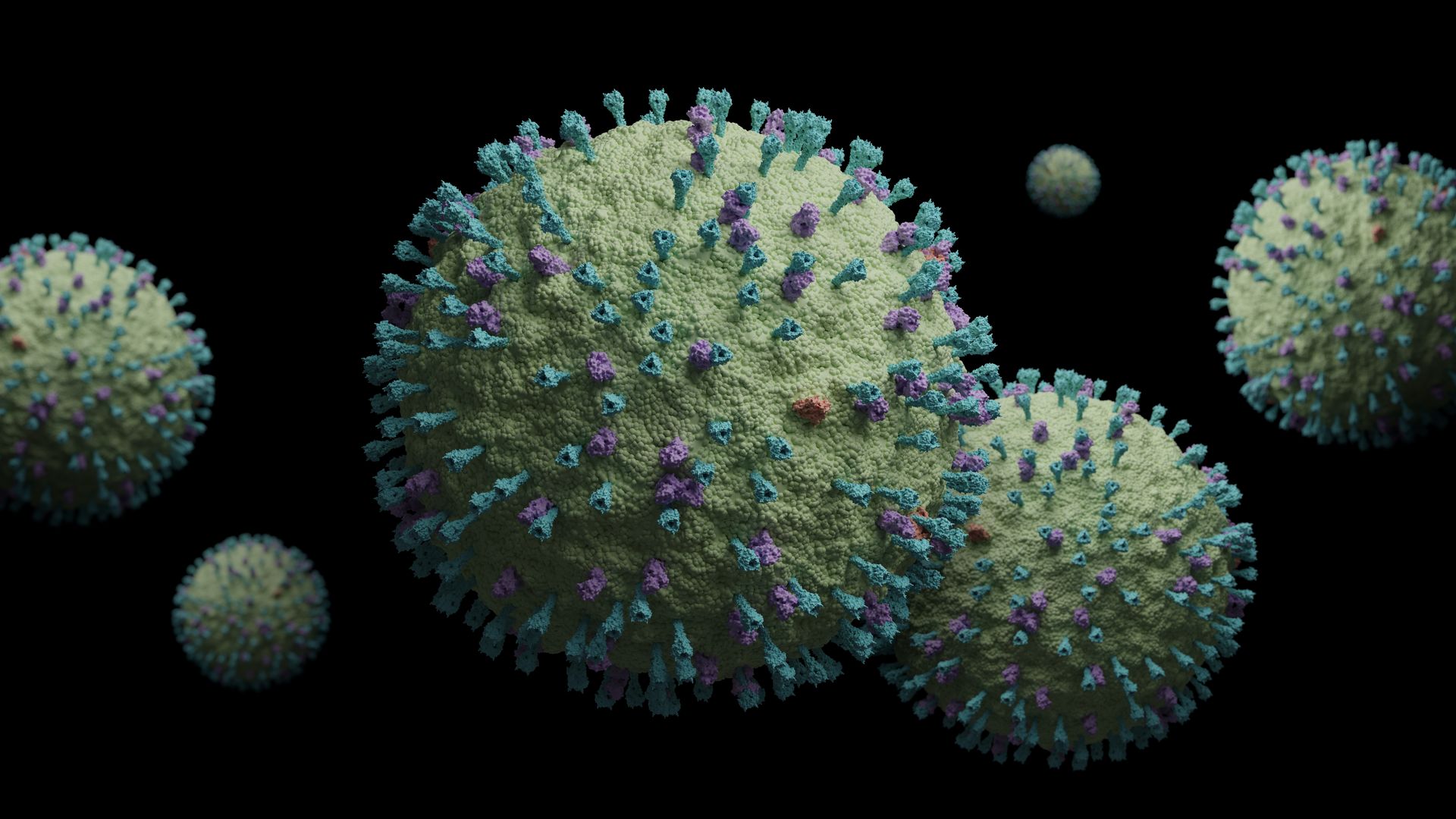Dodgy neighbours – Meet 3 of the most deadly pandemics... ever
Humans have always been plagued by plagues. The current pandemic has been predicted by scientists for decades. While they didn't know which kind of disease would go pandemic, and where it would originate, a pandemic has always been on the cards, a matter of 'when' rather than 'if'. Despite the clear risks, and despite scientists' doing their best to warn governments, our leaders clearly didn't prepare themselves.
We're just fortunate – if that's a word you can ever use in relation to an epic human tragedy like this – that the virus isn't more deadly. If it was as hellish as one of these three, we would be in a great deal more trouble. Here's an introduction to the three worst pandemics to hit the human race in recorded history.
The Black Death – 200 million dead
The first and biggest Black Death pandemic terrorised Europe and Asia between 1347 and 1351, killing an incredible 200 million people in a world whose population was a great deal lower than it is now. It devastated entire and handily loosened the grip of the feudal society in the UK, which had ruled mercilessly until then.
This was by far the worst pandemic of all time. It threw the whole of Europe back into the Dark Ages. The bacterium that caused it is called Yersinia pestis. It probably originated in Asia more than 2000 years ago then found its way to Europe on ships, carried by ship rats whose fleas spread the disease far and wide.
On the other hand some scientists think the original black death plague might have been caused by a virus similar to Ebola, not by a bacterium. This is because the symptoms, the high mortality rate, the speed of its spread and the way it spread don't look much like the typical bubonic plague we see today, but more like a particularly horrible sort of haemorrhagic fever. Others say it may have been caused by a virus that's now extinct. In some respects the jury is still out.
Whatever is was, at the beginning of the Black Death pandemic 60% of the people of Florence died of it within just a few months. It's not so hard to imagine the people's terror back then, now that we're neck deep in a pandemic of our own. Bubonic plague kept on raising its incredibly ugly head for centuries after original the 1300s pandemic, and to this day we still get around 3000 cases of bubonic plague a year, mostly in Africa, Asia, and South America.
Without proper treatment you can still die of the plague, even when given super-strong intravenous antibiotics and intensive care treatment. In fact even with the right care, one in ten US plague patients still die.
Smallpox – 56 million dead
When adventurers and traders started exchanging goods between South America and Europe, things soon went horribly wrong. Between 1520 and the 1600s the exchange of plants, living creatures and goods between the continents let loose a horror in the shape of a fierce smallpox pandemic that killed fifty six million of us. Thank you Christopher Columbus... not!
The native people of South America, who didn't have any immunity against European diseases, were the first to suffer. Smallpox, caused by the variola virus, swept like wildfire through South America, Central America and the Caribbean, then stuck around for centuries. The final US outbreak took place as late as 1949.
Fortunately science has now eradicated Smallpox for good, thanks to superhuman efforts around international vaccination and isolation from the 1960s to the 1980s. These days the disease is to all intents and purposes extinct... apart from a few sinister samples kept safely in secure labs 'just in case'.
In September 2019, a Russian lab storing smallpox samples suffered from a gas explosion. Thank goodness the virus didn't escape. While we can use drugs to prevent the illness becoming severe, and they sometimes work, there's still no cure for smallpox. On the other hand because Smallpox is a virus, if it ever raises its ugly head again, our disinfecting UVC lighting will probably give it a good run for its money. It even stands a good chance of making it harmless.
Spanish Flu – 50 million dead
The timing was cruel in the extreme. In 1918, just as the First World War was ending, the Spanish flu caused absolute chaos. And we're still not sure where the virus came from, although we do know it was an H1N1 A virus very like swine flu and it originated in birds.
An estimated 500 million people – a third of the world's population – caught it. Like all types of flu, it transmitted between humans like wildfire. It hit a variety of age groups, not just the very old or young, and was so virulent that you could be fine in the morning, dead the same afternoon.
The first wave of the virus wasn't that deadly, most of the time merely a high fever and tiredness lasting about three days, with mortality rates similar to ordinary seasonal flu. But like us, they suffered a second wave. In fact historians believe the fatal severity of this second wave was caused by a mutated version of the virus spread by wartime troop movements. Worryingly, science still doesn't know why this particular strain of flu was so very deadly.
Being from roughly the same family as the flu, itself a coronavirus, our UVC lighting would probably kill the Spanish Flu virus pretty effectively, by trashing its DNA and RNA so it can't reproduce. Let's just hope we never have to find out.
Keeping this pandemic under control
Not all modern governments have learned from the past as regards pandemics. Luckily we have learned from the past, a past where powerful, clean UVC light has been used for decades in healthcare settings to disinfect against pathogens including Ebola, SARs, MERs, and MRSA. The machines we make are being used to disinfect a broad variety of premises and businesses against Covid. And that means we're saving the lives of countless businesses as well as people.










